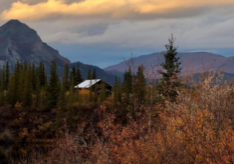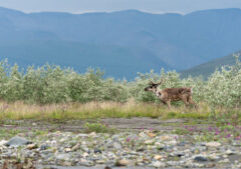Protect Alaska's Wild Lands
Alaska’s wild places face relentless threats from oil, gas, and mining. Your donation funds the legal challenges, policy campaigns, and advocacy that hold corporations and government accountable—ensuring these lands remain protected for generations.
Alaska Wilderness League works to ensure that Alaska's wild landscapes endure to support vibrant communities and abundant wildlife for generations to come.
CHECK OUT OUR WILD ALASKA BLOG:
Staff Reflections: Visiting Arctic Village
“You’ve hit the record for the quickest turnaround to Arctic,” Kristen said as we boarded our D.C. plane bound for Fairbanks, and then even further north above the Arctic Circle. I was slightly panicked – but mostly excited. Before working at Alaska Wilderness League, I hadn’t been west of the Mississippi River. I was about to travel 3,000 miles to one of the most profound experiences of my life. Last…
Read moreDespite Bipartisan Opposition, Senate Passes Resolution That Removes Arctic Refuge Protections
FOR IMMEDIATE RELEASE Date: December 4, 2025 Contact: Anja Semanco | 724-967-2777 | anja@alaskawild.org Despite Bipartisan Opposition, Senate Passes Resolution That Removes Arctic Refuge Protections WASHINGTON, D.C. — Today, the U.S. Senate passed a Congressional Review Act (H.J.Res. 131) resolution that attempts to reduce protections for the Arctic Refuge, by a vote of 49 – 45. Despite this outcome, bipartisan opposition to Arctic Refuge drilling remained strong, with Sen. Susan Collins (R-Maine) voting with the entire Democratic caucus against the resolution. “While…
Read moreCongress Moves Forward on Arctic Land Sell-Off; Arctic Refuge CRA Passes House, Senate Vote Still Critical
FOR IMMEDIATE RELEASE Date: November 18, 2025 Contact: Anja Semanco | 724-967-2777 | anja@alaskawild.org Congress Moves Forward on Arctic Land Sell-Off; Arctic Refuge CRA Passes House, Senate Vote Still Critical Washington, D.C. — Today, Congress took a major step advancing the Trump administration’s agenda to sell off some of our nation’s most treasured public lands in the Arctic—not for the…
Read moreFrom the Arctic to the Capitol: An Alaskan Guide Speaks Up for the Refuge
This past fall, Alaska Wilderness League invited Arctic Wild guide Emilie Entrikin to D.C. to advocate for the Arctic Refuge during Wilderness Week–an advocacy event hosted by the National Wilderness Coalition. Read more about her experience below. For 17 years, I’ve traveled through some of the most remote and spectacular corners of the Alaskan Arctic.…
Read moreInterior Rescinds Protections in the Western Arctic
FOR IMMEDIATE RELEASE Date: November 13, 2025 Contact: Anja Semanco | 724-967-2777 | anja@alaskawild.org In response to today’s Department of the Interior announcement rescinding the 2024 Bureau of Land Management rule governing Special Areas in the Western Arctic, Monica Scherer, senior director of campaigns at Alaska Wilderness League, released the following statement: “Today’s actions make one thing painfully clear:…
Read moreSam Kolton: A Personal Connection to Public Lands
From the moment my mom, brother and I first stepped onto the coastal plain, I was mind blown by the peacefulness of this rugged terrain. The mountain ranges stared back at me, while the thick, grassy terrain comforted me like a cozy mattress. As the brisk and cool Arctic air hit my face, I couldn’t help but feel inspired by the area around me. My whole life, I watched from a distance as my father worked passionately and tirelessly to protect the Refuge from oil and gas lease sales. Now it was my turn.
Read moreSenate Vote Shows Government Open for the Oil Industry, Closed for People
FOR IMMEDIATE RELEASE Date: October 30, 2025 Contact: Anja Semanco | 724-967-2777 | anja@alaskawild.org Senate Vote Shows Government Open for the Oil Industry, Closed for People Washington, D.C.— In a move that threatens key protections in Alaska’s Western Arctic, the U.S. Senate today passed S.J. Resolution 80 by a vote of 52-45, which would disallow President Biden’s Record of Decision (ROD) for the National Petroleum Reserve–Alaska. The bill, sponsored by Senator Dan Sullivan (R-AK), still requires a final vote in…
Read moreWhat Public Lands will Alaska Have Left Once Trump is Through with Them?
In just nine months, Trump has taken brash and inconceivable moves to open Alaska’s public lands to industrialization. From roads that could rip through Gates of the Arctic National Park, to opening the Arctic Refuge’s coastal plain to drilling, and offering up Special Areas on a buffet table to oil and gas companies, it’s clear…
Read morePEOPLE LIKE YOU KEEP PLACES LIKE THESE WILD:
ARCTIC NATIONAL WILDLIFE REFUGE
Protecting the coastal plain of the Arctic National Wildlife Refuge is crucial because of its exceptional wilderness, wildlife, habitat and subsistence values. It is sacred to the Gwich’in People and other Indigenous communities in Alaska and Canada, who rely on its resources for food, as well as cultural and spiritual practices. The 2017 Tax Cuts and Jobs Act (Tax Act) included a provision that opened the coastal plain to oil and gas development and mandated two lease sales by 2024. The Biden administration has revoked existing leases and we continue to work with the administration to restore protections to the Arctic Refuge coastal plain.
Photo credit: Micah Baird

NATIONAL PETROLEUM RESERVE-ALASKA
Development in the National Petroleum Reserve-Alaska in Alaska's western Arctic has begun, and ConocoPhillips' Willow project is the poster child for the type of massive fossil fuel development that must be avoided today. Allowing oil drilling in and around the Teshekpuk Lake Special Area would also threaten an essential cultural area and food source for North Slope communities. Willow would significantly increase ConocoPhillips’ presence in the western Arctic while placing all the burden of development on the people and wildlife of the region.
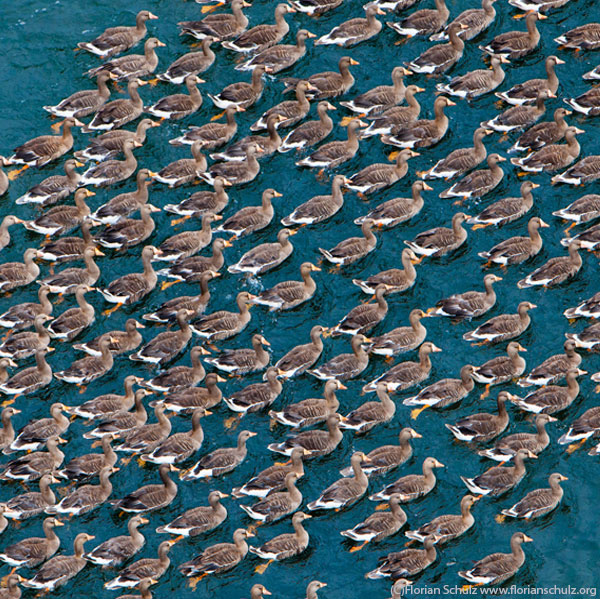
TONGASS NATIONAL FOREST
The Tongass National Forest serves as a nationally important carbon sink by storing more carbon than any other forest in the country. It is also the linchpin of Southeast Alaska’s economy, attracting people from around the world for world-class recreation, hunting, and sport and commercial salmon fishing. To protect this national treasure, the U.S. Department of Agriculture recently announced plans to restore protections to more than 9 million acres of roadless areas in the Tongass and end large-scale old-growth logging in America’s largest national forest.
Photo credit: Daniel Dietrich/DanielDietrichPhotography.com

CHUGACH NATIONAL FOREST
More than 1 million people visit the Chugach annually from all over the world; however, it is local Alaskans — especially in and around Anchorage — who really utilize what the Chugach has to offer. According to the U.S. Forest Service, the Chugach serves as the “backyard” for half of Alaska’s residents.
Photo credit: Debbie S. Miller
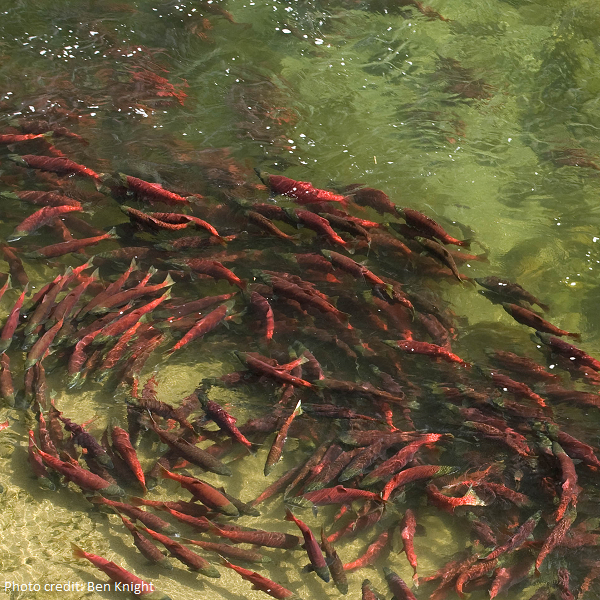
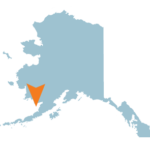
BRISTOL BAY
The U.S. Army Corps of Engineers announced it has denied a permit for the proposed Pebble Mine in Alaska, determining that “the applicant’s plan for the discharge of fill material does not comply with Clean Water Act guidelines” and concluding that “the proposed project is contrary to the public interest." The Bristol Bay watershed in southwest Alaska boasts the world’s largest sockeye salmon fishery that supports thousands of jobs. Alaskans and Bristol Bay’s Indigenous peoples, as well as hunters, anglers and wildlife enthusiasts from all across the country, spoke out in opposition to this ill-conceived project.

